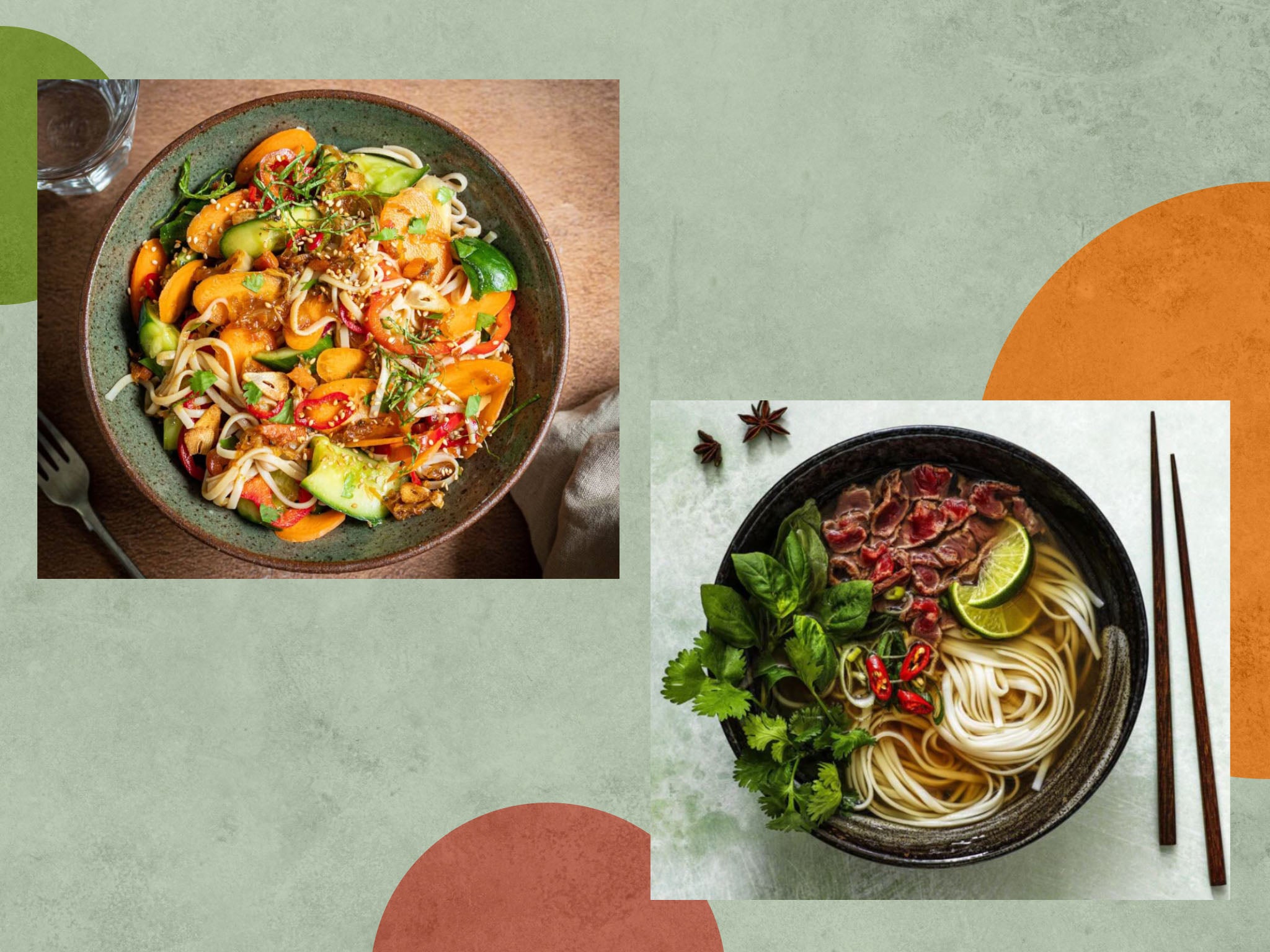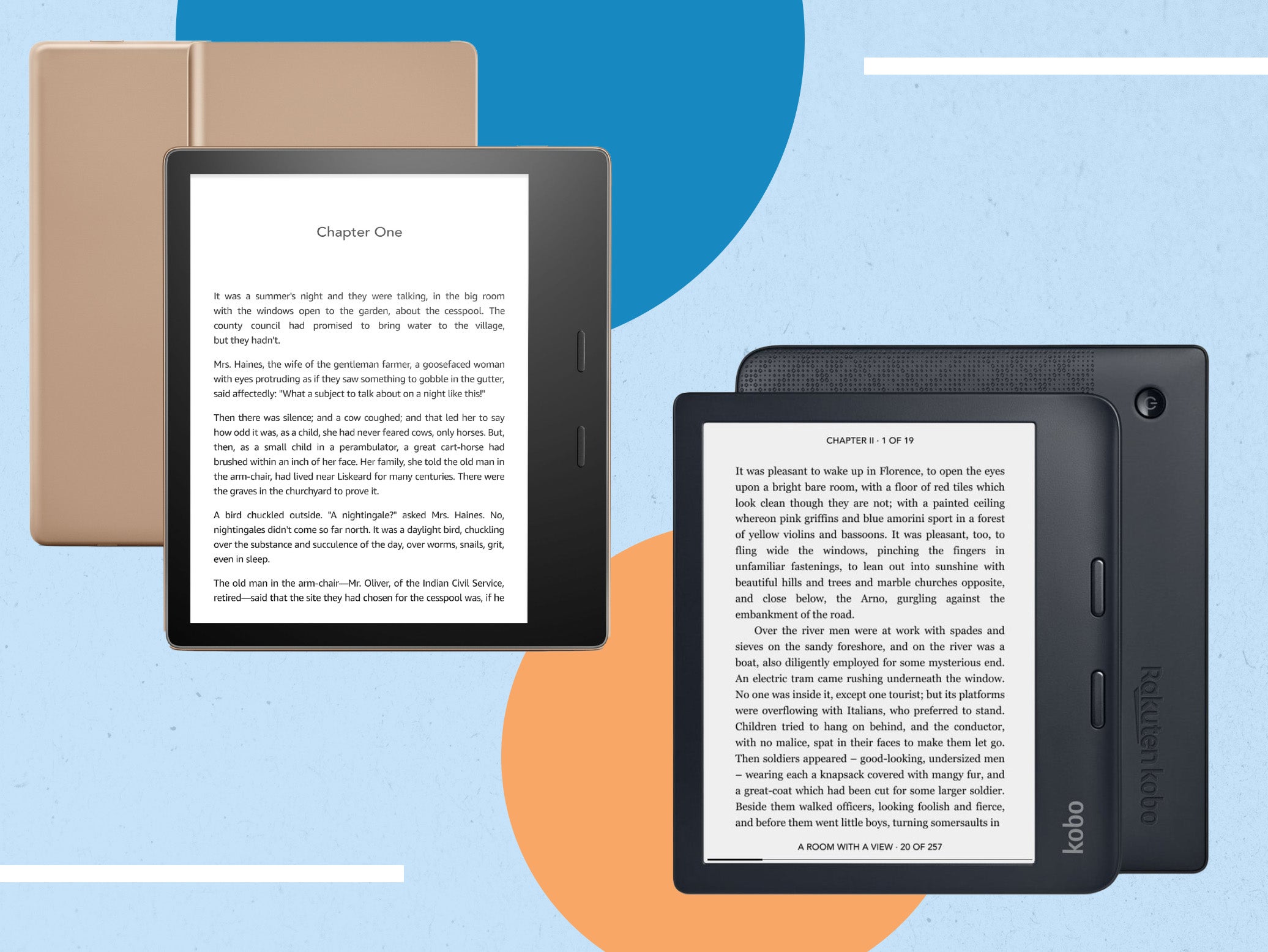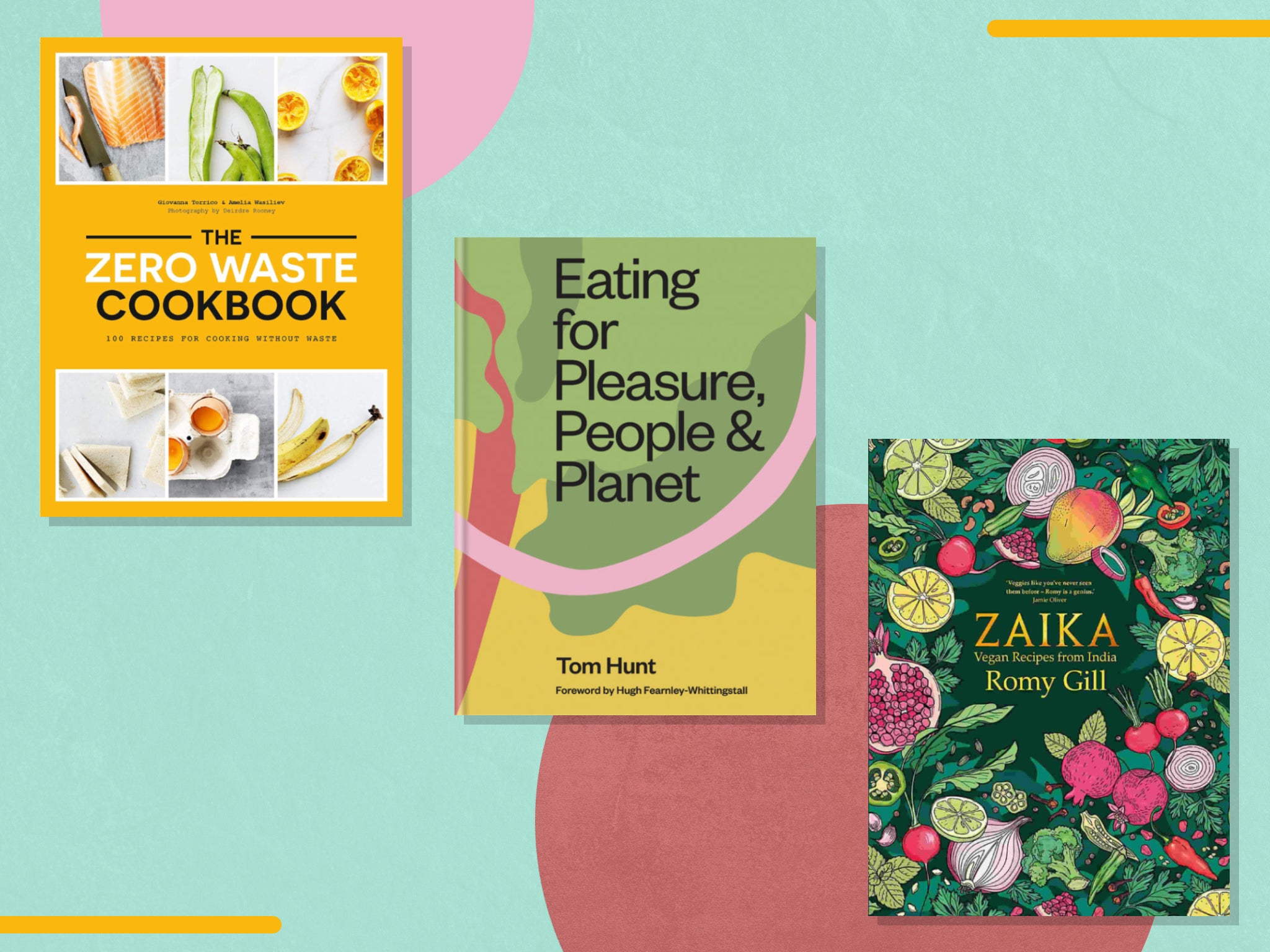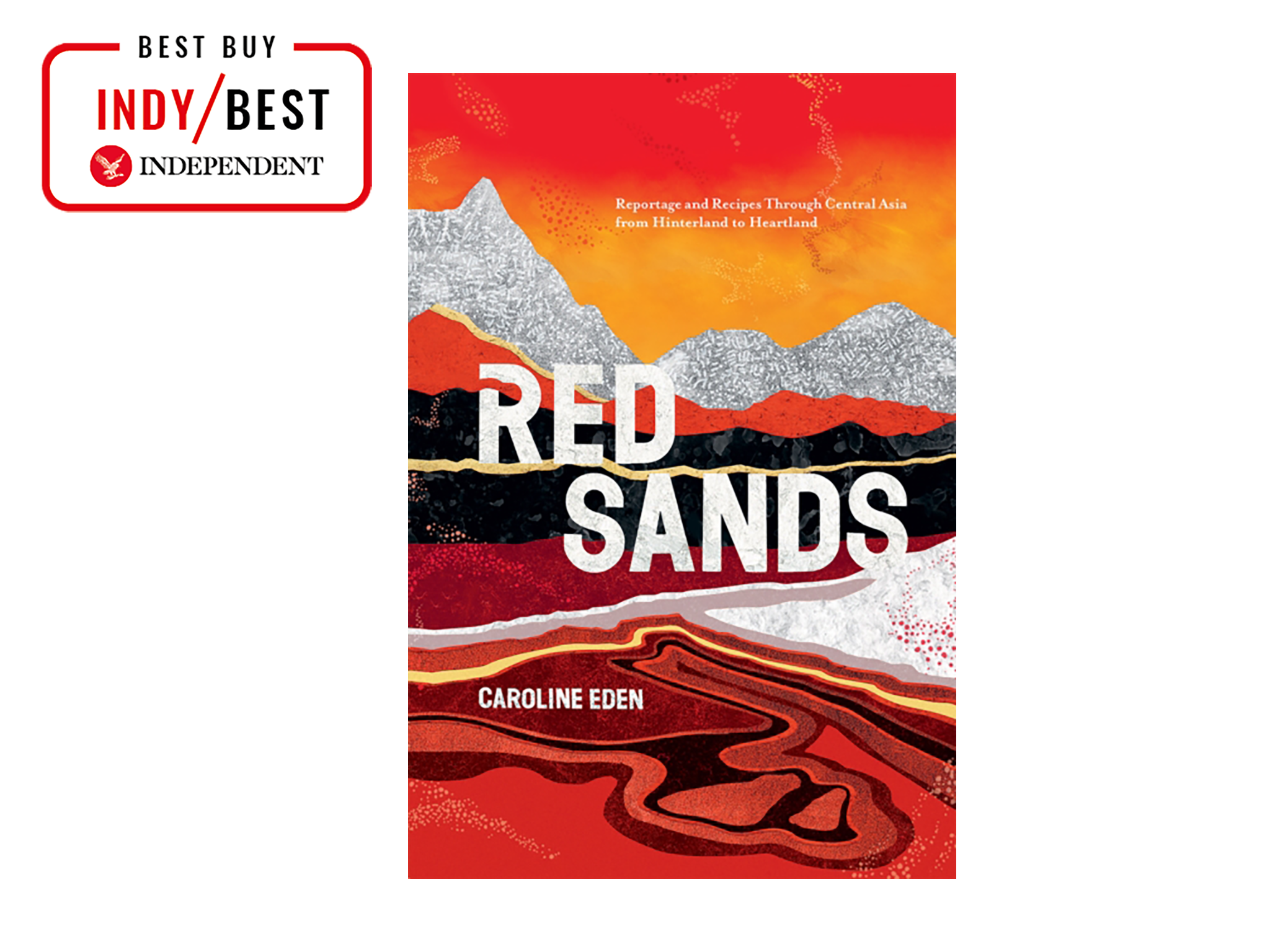
The Independent's journalism is supported by our readers. When you purchase through links on our site, we may earn commission. Why trust us?
8 best travel cookbooks: Discover new destinations and dishes from your kitchen table
The pages are filled with tastes and tales from the heights of the Himalayas to the Baltic states
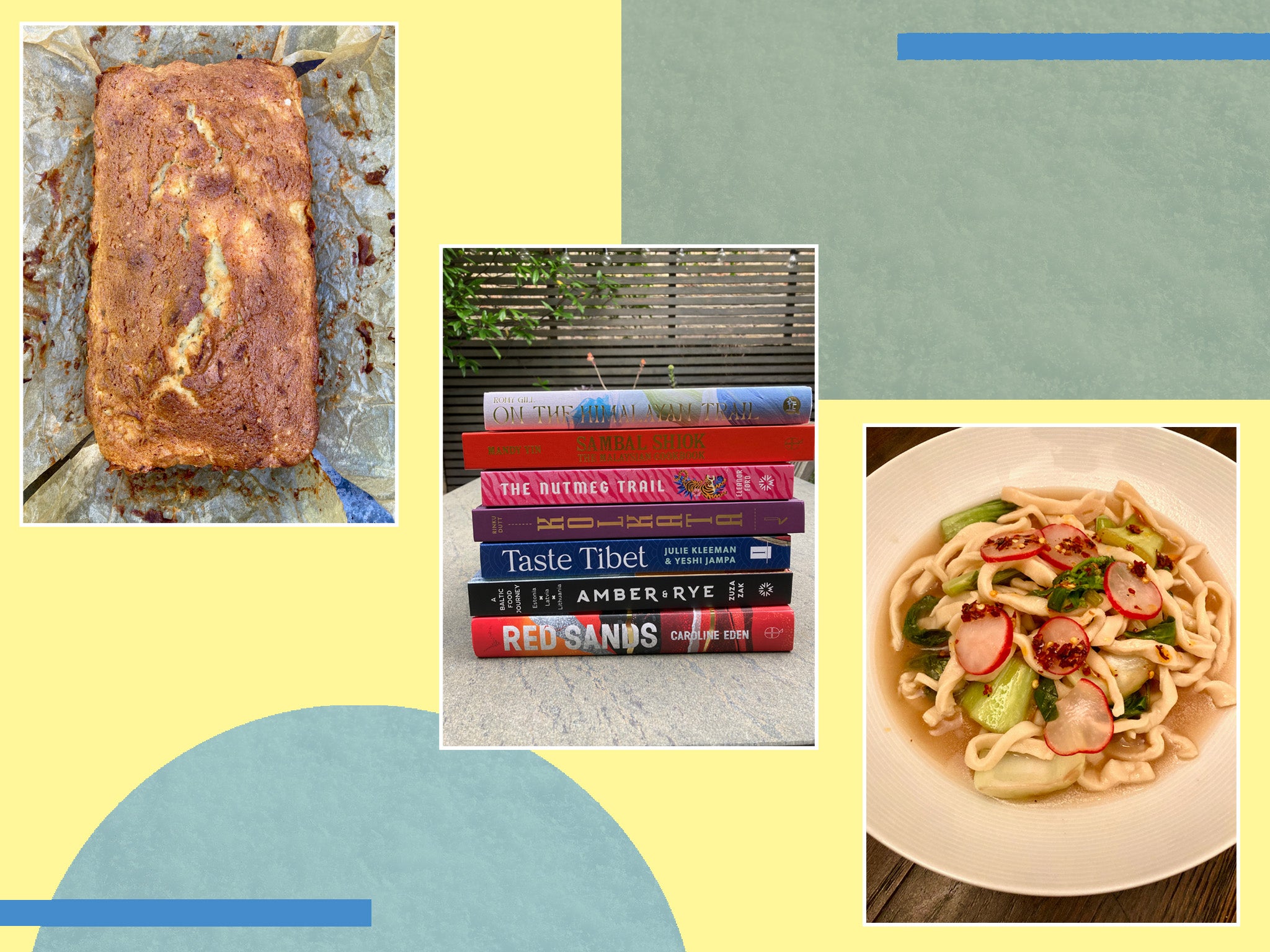

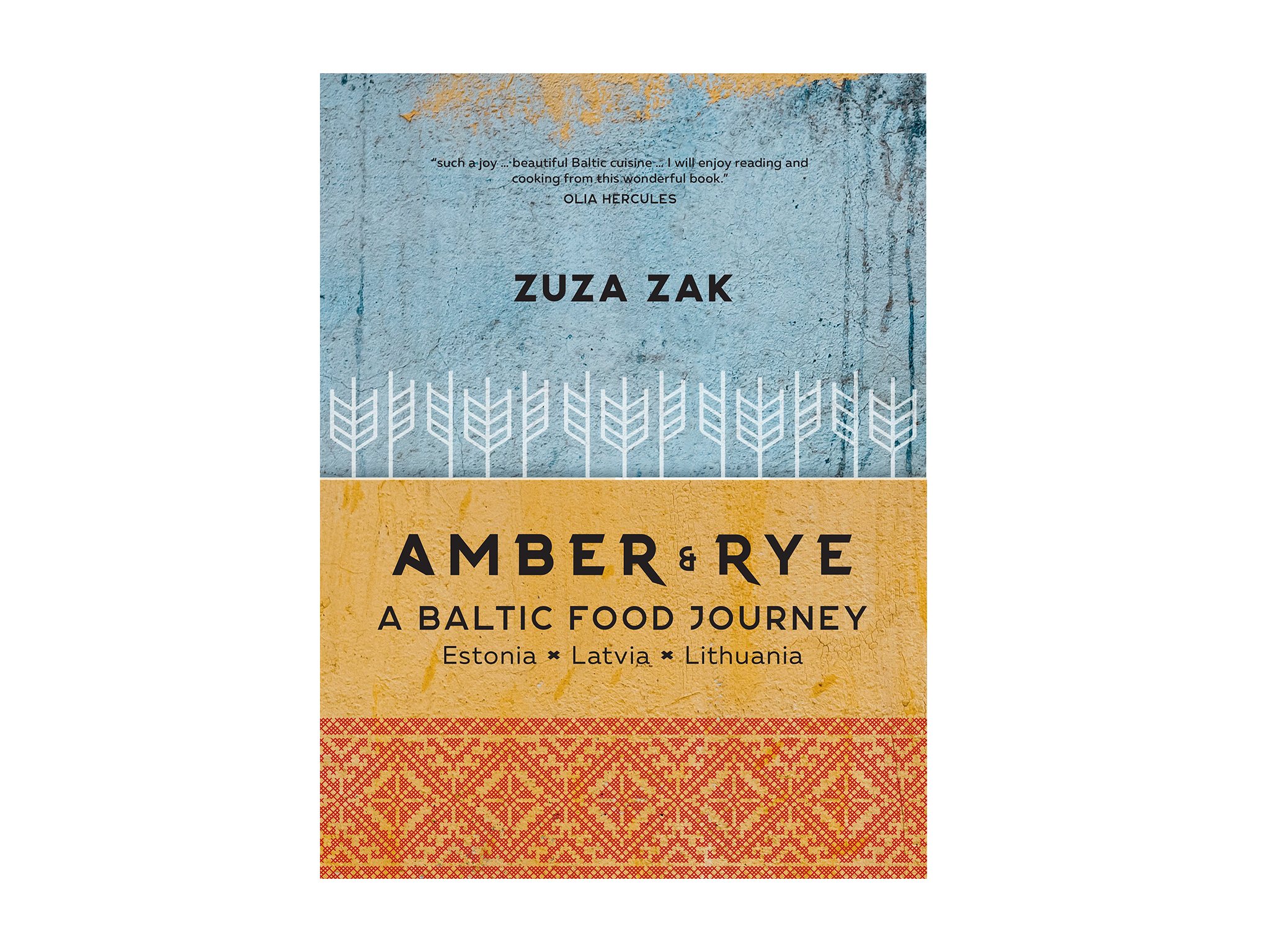 Best for fermentation fans‘Amber & Rye: A Baltic Food Journey’ by Zuza Zak, published by MurdochRead review£18
Best for fermentation fans‘Amber & Rye: A Baltic Food Journey’ by Zuza Zak, published by MurdochRead review£18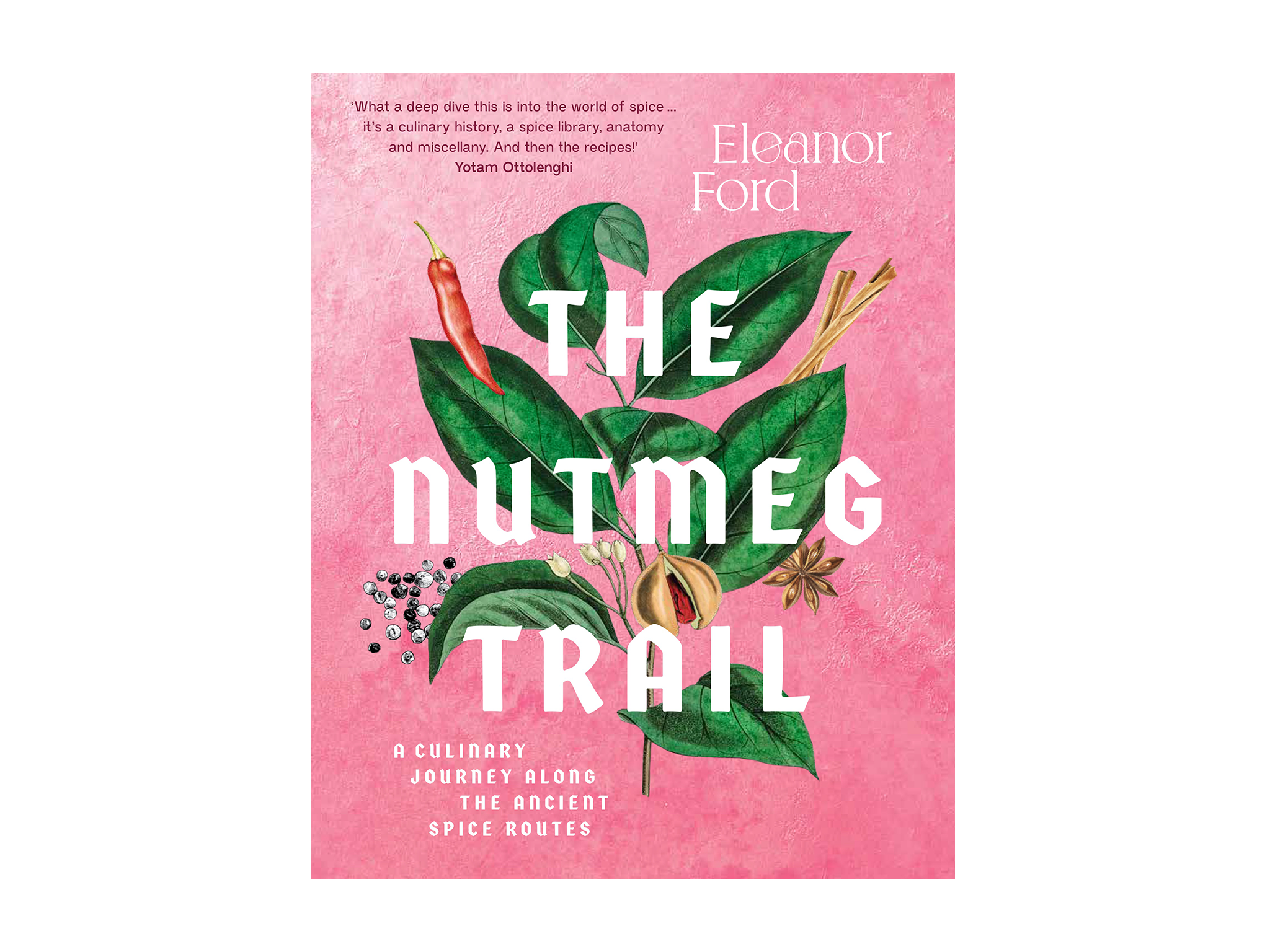
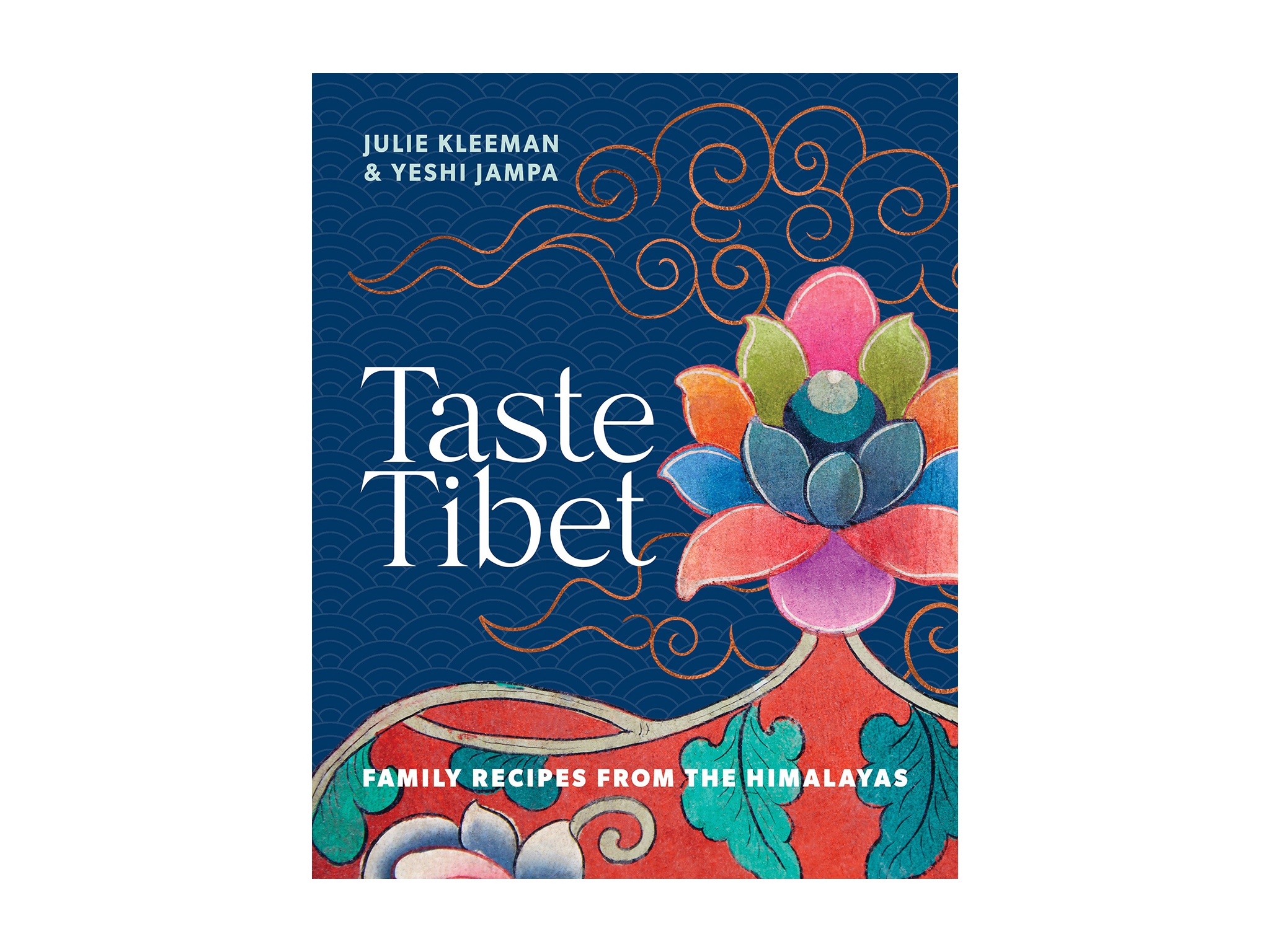
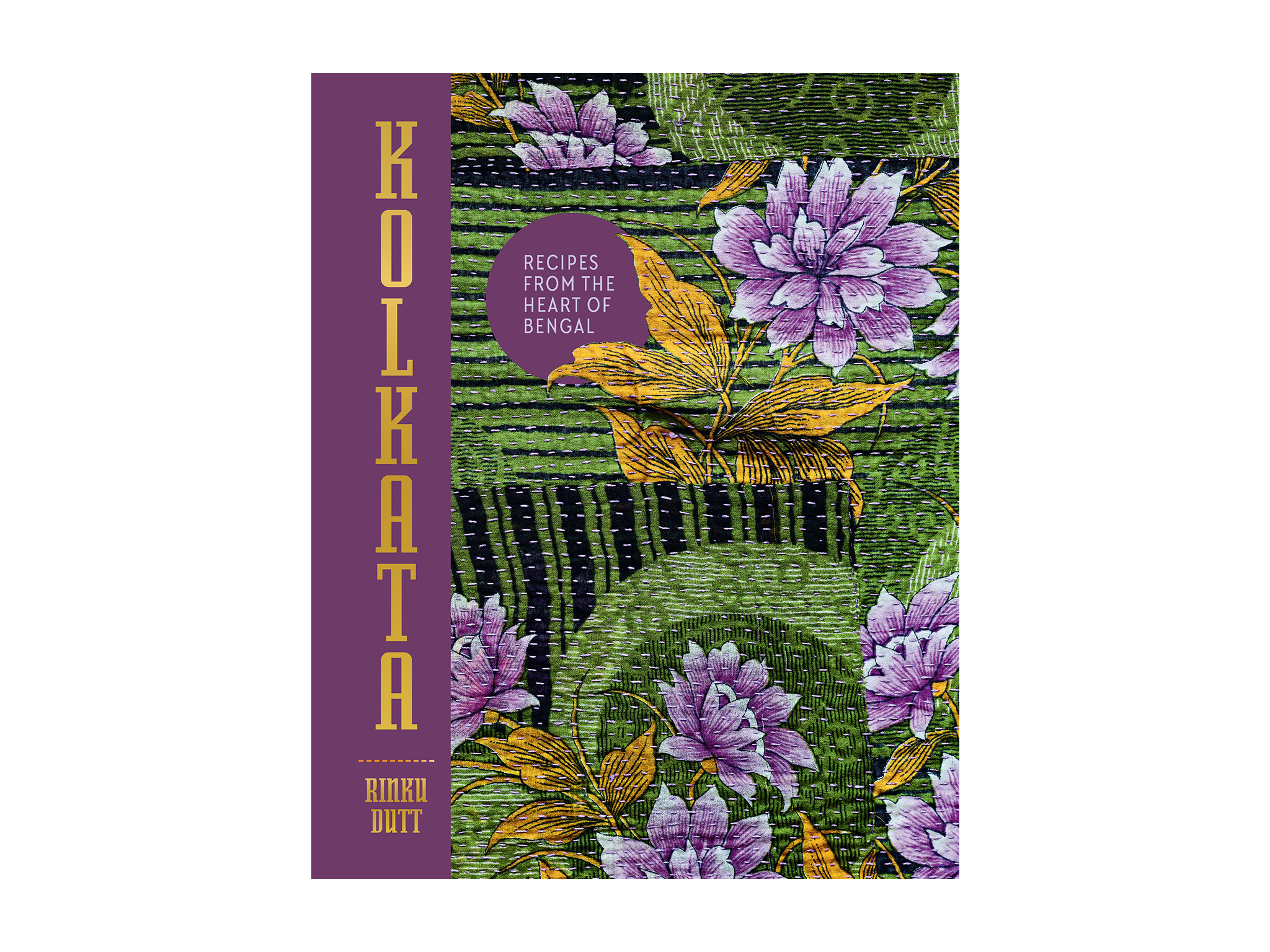 Best for Indian food lovers‘Kolkata The Cookbook’ by Rinku Dutt, published by Smith Street BooksRead review£21
Best for Indian food lovers‘Kolkata The Cookbook’ by Rinku Dutt, published by Smith Street BooksRead review£21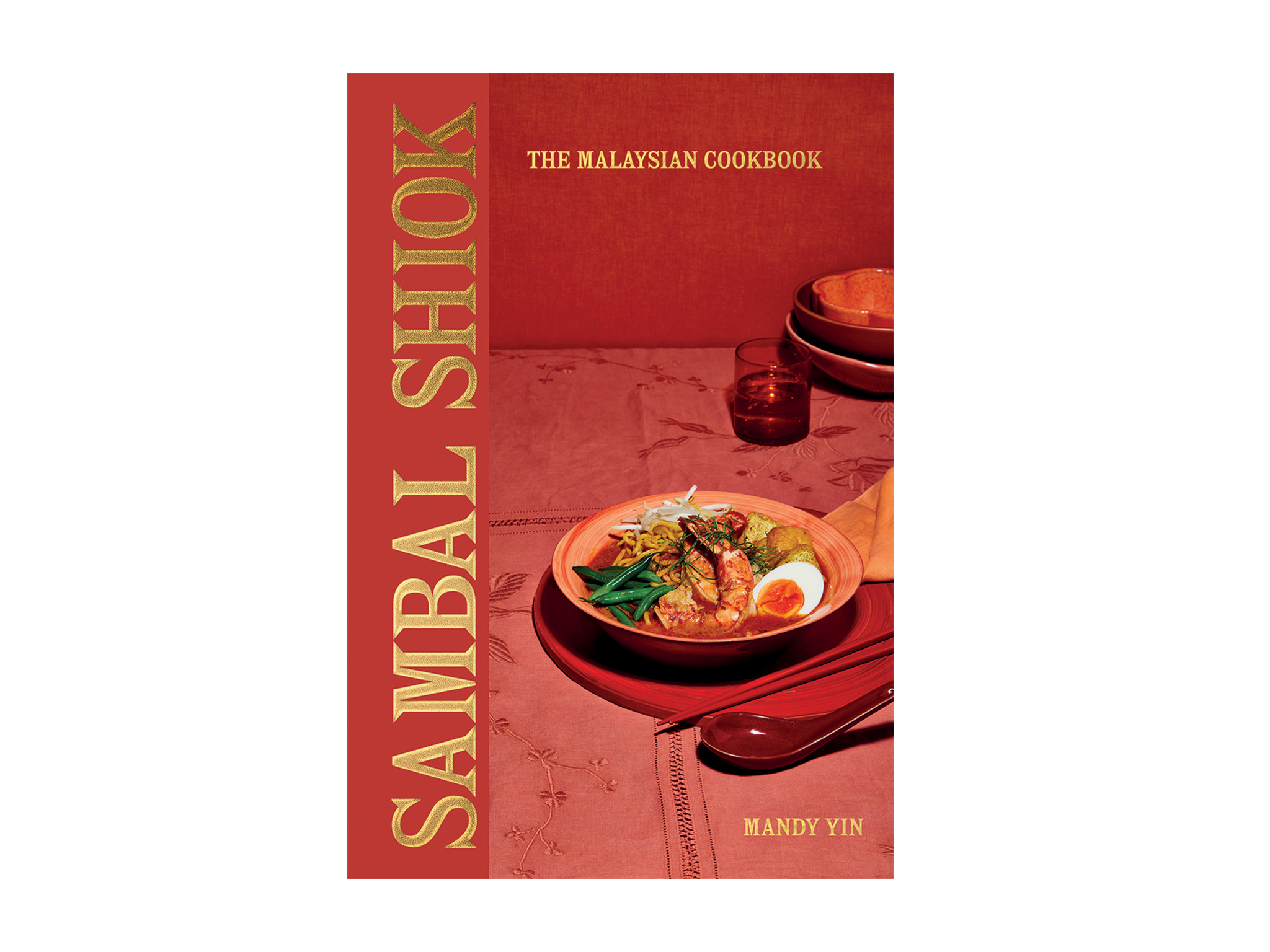
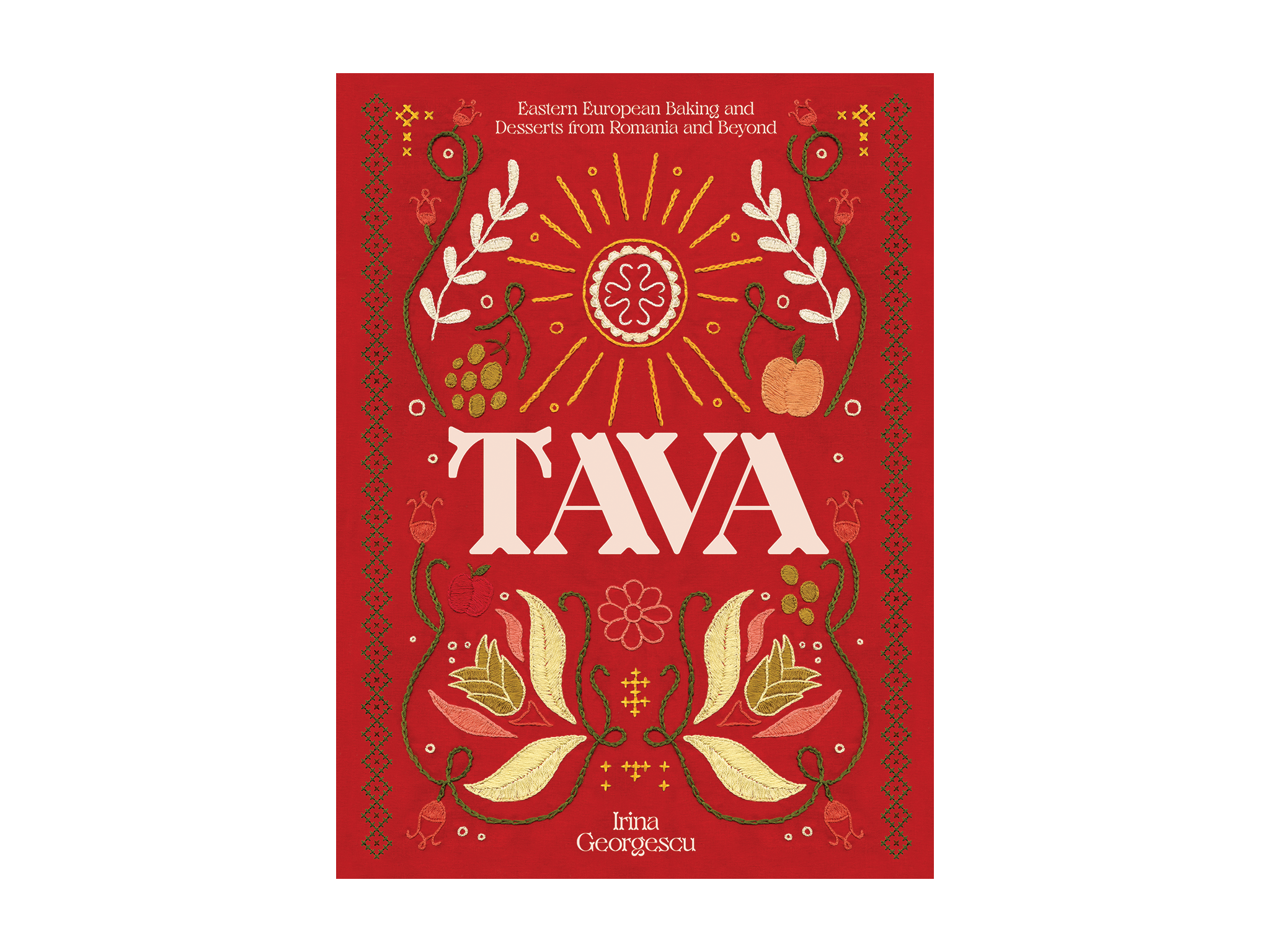 Best for baking fans‘Tava: Eastern European Baking and Desserts from Romania and Beyond’ by Irina Georgescu, published by Hardie GrantRead review£17
Best for baking fans‘Tava: Eastern European Baking and Desserts from Romania and Beyond’ by Irina Georgescu, published by Hardie GrantRead review£17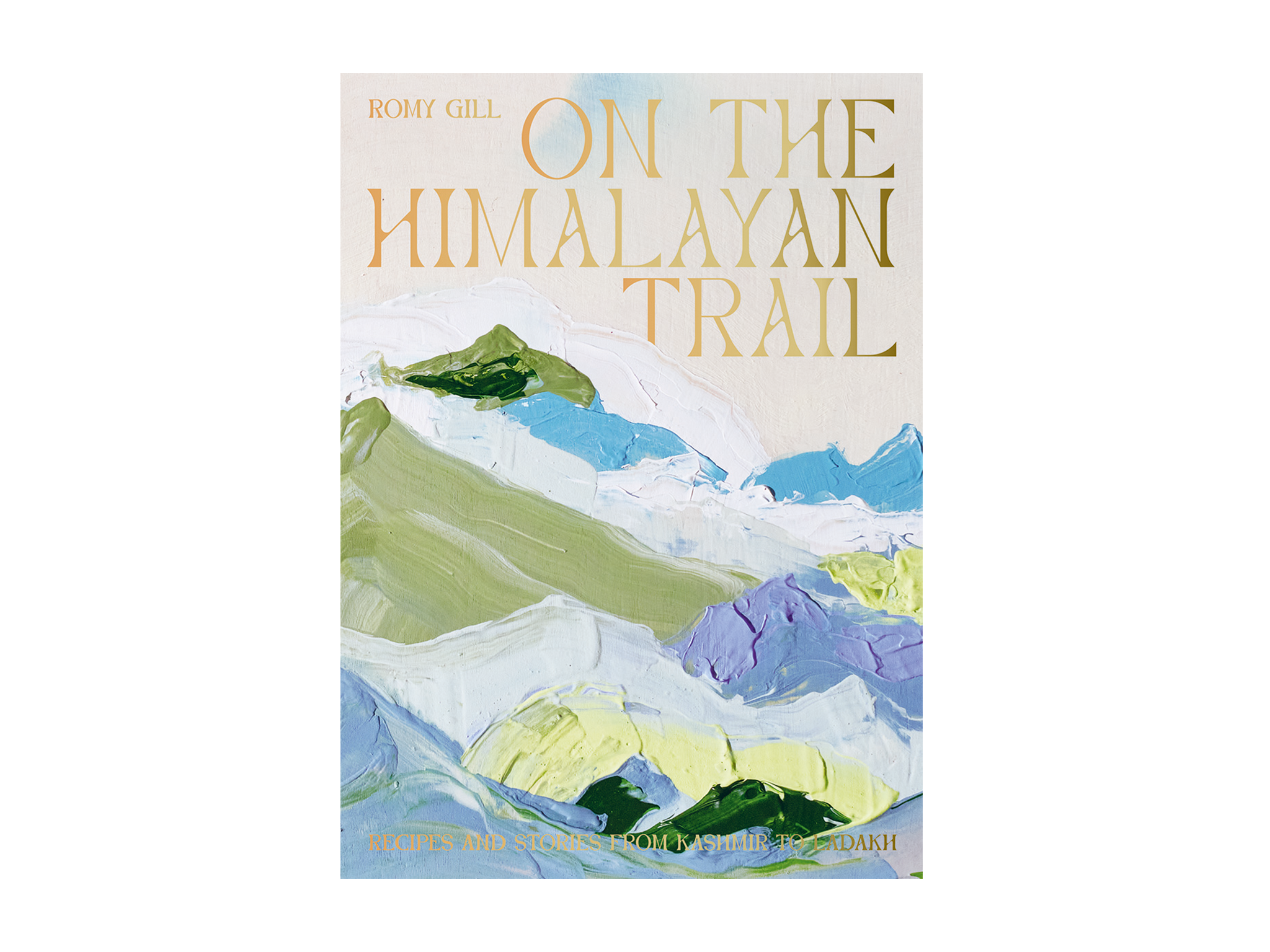 Best for travel trailblazers‘On the Himalayan Trail: Recipes and Stories from Kashmir to Ladakh’ by Romy Gill, published by Hardie GrantRead review£20
Best for travel trailblazers‘On the Himalayan Trail: Recipes and Stories from Kashmir to Ladakh’ by Romy Gill, published by Hardie GrantRead review£20
Post-Covid, travel is back on the agenda. The latest figures from the IATA show that global air traffic had recovered to 73 per cent of pre-crisis levels – but for anyone who sought to sate their wanderlust by taking to the skies this summer, the experience may have been a painful one...
Airport chaos, mile-long queues (that’s if your flight wasn’t cancelled), the Russian roulette of lost baggage, it’s understandable why not everyone is ready to squeeze themselves into an economy seat quite yet. But there is a way to get a taste of far-flung places without having to leave the warmth of your kitchen.
During the pandemic, the kitchen was a place of safety and sustenance, away from the doom loop of the pandemic. The great stay-at-home encouraged people to get creative with the contents of their kitchen, to venture beyond the microwave and the “ready in 15 minutes” recipes; to slow down and enjoy spending more time cooking.
So as people sought escapism and inspiration, sales of novels and cookbooks soared during the pandemic. As a result, a new cookbook trend has emerged – a book that can whisk you away from it all and immerse you in an entirely different (and possibly new) food culture.
These cookbooks, written or published during or since the pandemic are far more than collections of recipes. They take you away from it all and deliver you, metaphorically, to the Himalayas, the Baltic states, from Malaysia to Romania. They will tell leave you better informed about the world – and they will teach you some new delicious kitchen tricks, too.
How we tested
We rated the books on their ability to take readers on an edible journey and to introduce them to less-familiar food culture and cuisine. We also considered the quality of the prose (we were after books that were a good, solid read), the level of research undertaken and the quality of the photography, as well as the recipes: their “interestingness”, how well they worked and how much we enjoyed eating them.
The best culinary escape books for 2022 are:
- Best overall culinary escape book – ‘Red Sands’ by Caroline Eden, published by Quadrille: £18.55, Hive.co.uk
- Best culinary escape book for fermentation fans – ‘Amber & Rye: A Baltic Food Journey’ by Zuza Zak, published by Murdoch: £18.55, Hive.co.uk
- Best culinary escape book for spice lovers – ‘The Nutmeg Trail’ by Eleanor Ford, published by Murdoch: £20.66, Wordery.com
- Best culinary escape book for new discoveries – ‘Taste Tibet’ by Julie Kleeman, published by Murdoch: £20, Blackwells.co.uk
- Best culinary escape book for Indian food lovers – ‘Kolkata The Cookbook’ by Rinku Dutt, published by Smith Street Books: £21, Amazon.co.uk
- Best culinary escape book for Laksa lovers – ‘Sambal Shiok’ by Mandy Yin, published by Quadrille: £20, Blackwells.co.uk
- Best culinary escape book for baking fans – ‘Tava: Eastern European Baking and Desserts from Romania and Beyond’ by Irina Georgescu, published by Hardie Grant: £17.59, Hive.co.uk
- Best culinary escape book for travel trailblazers – ‘On the Himalayan Trail: Recipes and Stories from Kashmir to Ladakh’ by Romy Gill, published by Hardie Grant: £20.65, Wordery.com
‘Red Sands’ by Caroline Eden, published by Quadrille

- Best: Overall
- Format: Hardback
- Pages: 320
Eden’s two previous books, Samarkand and Black Sea, have established this born storyteller as one of the UK’s foremost food and travel writers. Part travelogue, part recipe books, and all based on solid reportage, Eden’s books are armchair journeys that deliver the taste of a place, culturally and gastronomically. Published in 2020, Red Sands explores the cuisine and culture of Central Asia, from the shores of the Caspian Sea to the Chinese and Russian borderlands. Even though the dark days of lockdown are over, this is still a go-to.
Recipes such as Georgian mushroom khinkali, plump little dumplings served with a spicy tomato-chilli sauce, demand a bit of time and patience and a few basic pastry skills, but they’re a nourishing plateful with a taste that’s tantalisingly “far way”. Interwoven with recipes for borscht, sambusa, Central Asian breads and various types of plov (rice-based dishes) are well-shot portraits and vistas. There’s also first-person travel essays that take the reader swimming in a Kyrgyz lake, drinking Irish whiskey in a Kazakh dive bar, to the world’s largest walnut forest and to a wedding in Samarkand. This is standard-setting writing that truly transports.
‘Amber & Rye: A Baltic Food Journey’ by Zuza Zak, published by Murdoch

- Best: For fermentation fans
- Format: Hardback
- Pages: 256
Born in Communist-era Poland, Zuza Zak spent her early childhood in Warsaw and moved to the UK with her family at the age of eight and Amber & Rye is the second of her three cookbooks. Her first, Polska, helped rewrite the narrative on Polish cuisine, putting paid to the myth that it’s all about “cabbage and dumplings”.
Zak widens her lens to the cultures and cuisines of Estonia, Latvia and Lithuania (the book was largely inspired by her Lithuanian grandmother), introducing readers to the Baltic cities of Tallinn, Tartu, Riga, Kaunas and Vilnius, and their complex histories. Recipes include some of Zak’s family recipes, such as homely, hearty Lithuanian drop scones with prunes and soured cream. Many of the recipes are based on fermented foods, wholesome grains, nourishing soups, dumplings and foraged foods, all common denominators throughout the region. The book, like the recipes, has a freshness and a sense of discovery.
‘The Nutmeg Trail’ by Eleanor Ford, published by Murdoch

- Best: For spice lovers
- Format: Hardback
- Pages: 256
Open the cover of The Nutmeg Trail, and a spice-led journey around the globe awaits… Ford, who has lived in Hong Kong and Indonesia, writes about the ways in which the spice trade changed cuisines (and cultures) the world over, forever. “It is a story,” she writes, “that is as bittersweet as nutmeg,” noting that the lust for exotic, expensive spices ushered in the Age of Discovery and its attendant monopolies, exploitation, colonialism and war.
That said, this is largely a recipe book, one filled with dishes from across the spice routes. That includes Venetian chicken with almond dates and milk, Syrian honeyed meatballs with pistachios, Indonesian rica rica prawns and Japanese curried udon noodles (which we can confirm were easy, great-tasting and quick). That’s all rounded out by spice “flavour profiles,” a map of spice blends from around the world, essays on specific spices, a spice timeline and practical information on combining and layering spices. It’s an ambitious book, and a deliciously successful one.
‘Taste Tibet’ by Julie Kleeman, published by Murdoch

- Best: For new discoveries
- Format: Hardback
- Pages: 256
The debut book from Kleeman and Jampa is an unbeatable introduction to Tibetan cuisine and culture. The pair met in the Indian Himalayas back in 2009, when both were passing through on their travels. Jampa was born and brought up in Tibet and learned to cook in a yak-hair tent; British-born Kleeman studied Chinese at Oxford and has been travelling in Asia for decades. They now live in Oxford and run Taste Tibet restaurant, which they opened during lockdown in November 2020.
In 2019, Julie won a scholarship, the Yan-Kit So Memorial Award for writers on Asia, which enabled her to undertake the research for this book. Taste Tibet is much more than a collection of recipes. The authors write about how Tibet’s climate and topography, as well its deep-rooted Buddhist teachings, affect the food culture.
The recipes, many from Jampa’s family, are well written, and they really work. Vegetable thupka, a dish of handmade noodles (easier than it sounds) and veg in a simple broth, was sensational. Elsewhere are recipes for breads, noodles, stir-fries, yak-butter tea and the famous momo dumplings, probably the best-known Tibetan dish. A ground-breaking book.
‘Kolkata The Cookbook’ by Rinku Dutt, published by Smith Street Books

- Best: For Indian food lovers
- Format: Hardcover
- Pages: 224
Londoner Rinku Dutt comes from a restaurateur family in Kolkata and she is carrying on the family’s legacy with her north Indian street food business, Raastawala. And her debut book gets right under the skin of this food-obsessed city.
Dutt lived in Kolkata for three years and her words bring the place to life, from the sound of monsoon rain and temple bells to descriptions of the gracefully crumbling architecture. She takes you into the nooks and crannies of Bengali cuisine, and her prose takes you all over the city of her forebears, recommending the best restaurants, markets, and street food stalls.
The photographs are stunning. Many of the recipes, such as the (thoroughly recommended) rich tomato and new potato curry that we tested, are from her family, which have been carefully transcribed and honed, and are dead simple to put together. Others are interpretations of classics such as Kolkata-style egg roll (aka egg kati roll), as served at the famous street-food stalls Nizam’s and Kusum.
There are Indo-Chinese dishes from the city’s sizeable Chinese community and roshogolla (sweet milky dumplings) typical of the city’s many sweet shops, and the dazzling photography of cityscapes and festivals is hugely evocative.
‘Sambal Shiok’ by Mandy Yin, published by Quadrille

- Best: For Laksa lovers
- Format: Hardback
- Pages: 256
When Mandy Yin moved from Kuala Lumpur to London aged 11, one of the first things she learned was that “food wasn’t as important to the British as it was back home”. The move meant the end of hawker stalls, kopi tiams (coffee shops) serving noodle soups and night markets selling an abundance of street food.
Yin, owner of Sambal Shiok Laksa Bar in London’s Islington, is one of those “accidental restaurateurs” who fell out of love with her first career (in law) and felt drawn to the kitchen. In this book, written during lockdown, she brings her childhood memories to life through recipes, while introducing readers to her version of Malaysian food, with its Malay, Indian, Chinese, Peranakan and tribal Iban roots.
Alongside recipes for hawker-stall standards, like otak otak (banana leaf-wrapped fishcakes) and prawn fritters, are classic Malaysian dishes such as Nyonya chicken curry kapitan, and her own signature curry laksa, which helped launch her catering career. The white chicken recipe we tested, from Sarawak’s Iban community, was simple to make and lip-tinglingly flavoursome. Yin also includes travel tips for Kuala Lumpur, Penang and Malacca and some resort islands for those inspired to make the journey.
‘Tava: Eastern European Baking and Desserts from Romania and Beyond’ by Irina Georgescu, published by Hardie Grant

- Best: For baking fans
- Format: Hardback
- Pages: 272
Irina Georgescu’s first book, Carpathia, opened readers’ eyes to the complexities and pleasures of the food of her native Romania. Her new book, released later this month, delves into the baking traditions of the country. Romania, she says, is “a constellation of cultures” and in this book she focuses on the baking and cultural traditions of just six cultural communities (there are many more, she says).
For anyone who loves food, reading the history of a nation – and, more widely, of Europe – through recipes for gingerbread, pumpkin strudels, saffron buns and plum pies is both a great surprise and a great pleasure. Yet there is great depth here, too. Georgescu’s research is meticulous, and she tells the (often painful) stories of diaspora communities with great sensitivity. Readers come away more aware than ever of how food is so inextricably bound to cultural identity, and why it matters.
Readers also learn about flavours and local folklore, ingredients and technique. A recipe for apple and caraway loaf, which Georgescu says “reminds her of home”, was tart, sweet and savoury. This book might possibly entice you to travel to Bucharest, Transylvania or the Banat region in the west of the country; it will certainly make you want to discover more about Romania and its cuisine.
‘On the Himalayan Trail: Recipes and Stories from Kashmir to Ladakh’ by Romy Gill, published by Hardie Grant

- Best: For travel trailblazers
- Format: Hardback
- Pages: 272
Given the region’s political instability and geographical remoteness, it’s no great surprise that Kashmir and Ladakh don’t feature highly on many travel itineraries – nor in many recipe books, for that matter. But Romy Gill, who grew up in West Bengal and is now a chef with MBE honours, had a childhood fascination for the place and a longstanding interest in the region’s cuisine and culture. Amid the disruptions of Covid, she managed to travel to Srinagar, Wular Lake, the hill station of Pahalgam, the Aru and Betaab Valleys and east to the city of Leh in Ladakh.
With a chef’s eye and palate, she decodes the cooking styles, spice blends, techniques and flavours that are unique to this region – ground ginger, ground fennel, cloves, cinnamon and mustard oil among them. We learn that skyu, a soupy dish with handmade pasta and lots of vegetables, is a staple of Ladakh. The spicing in a recipe for chok wangun (sour aubergines) was an unusual and aromatic blend, and well worth a try. A book that whets the appetite for parts unknown.
The verdict: World food writing books
Caroline Eden sets the standard for the culinary travelogue genre, and Red Sands is a brilliant example. Tava is a book of unexpected depth, as well as great baking recipes. Taste Tibet and On The Himalayan Trail are likely to introduce you to unfamiliar tastes, and Kolkata The Cookbook will make you yearn to visit the city of the title.
All eight books will spark (or reignite) the urge to travel to parts unknown. But if you’re not quite ready, you can get a taste for the far-flung in your home kitchen, and all are recommended for achievable recipes.
Experiment with new flavours, recipes and ingredients while protecting the planet with the best sustainable cookbooks to help reduce food waste
Voucher Codes







